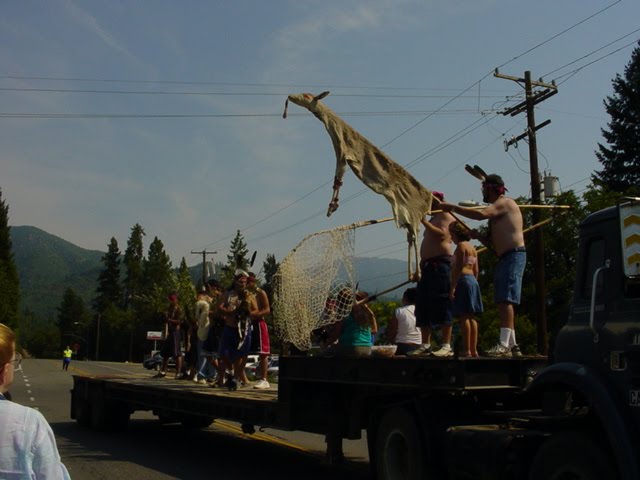Subscribe to:
Post Comments (Atom)
skip to main |
skip to sidebar

Beautiful Traditions




Beautiful Pacific
Welcome to my personal pages, Native and Natural. This is part of my journey, my return to ancestral lands. Digital photography decorates my poetry, and much of that comes from the beauty of my homeland. I am a direct descendant of the Karuk Tribe of Northern California.
Grandmother Lizzie Brannan

Beautiful Traditions
People of the Pacific Northwest
LOCAL NW CALIFORNIA TRIBES
The Little River is the border between the homelands of the Wiyot and Yurok peoples. Other Tribes remaining today are the Karuk, Hupa, and Tolowa Tribes. While sharing a cultural framework, each of these Tribes had a wholly distinct language. In California, the Tolowa lived along the extreme northern coast, from the southwestern corner of Oregon to approximately fifteen miles south of Crescent City. The Yurok lived along the coast, from this point south to just below Trinidad
The natural environment, the rivers, mountains and oceans forged the cultural backbone of these people. Living on the abundance of foods, such as acorns, salmon, deer meat and berries life here was remarkably untouched by contact with western society until the discovery of gold in 1849. The quest for gold did not last long and these peoples live in one of the few areas that remain culturally intact and for the most part were separated from the influence of America until the early 1900’s. These Tribes have a connection to their homelands, language and ceremonies that, unfortunately, is not the norm for a majority of Native peoples.
RELIGION AND CEREMONIES
The religion of the local people was based on individual effort through ritual cleanliness and ceremonies including the entire tribe. The Tribes of this region practice the annual World Renewal Ceremonies, such as the Karuk Pikyavish, the Tolowa Nee-dash, the Hupa and Yurok White Deerskin Dance and most Tribes perform the Sacred Jump Dance.
The purpose of the rituals is to renew the world or "firm the earth", as one tribe described it. This ceremony includes songs and dances that have been preserved for countless generations. Most of these rituals are considered to have connection with medicine. Medicine included not only that which was administered to cure sickness, but anything; root, herb, stick, or bark that is used to promote both physical and spiritual health. The Brush Dance is a both a social event and a healing ceremony in which the People of the local Tribes dance, sing, make medicine and pray to bless a particular sick child or infant. The dance takes place in the Brush Dance pit, and it involves men, boys and young girls. The herbal healing ceremony includes singing, chanting, rhythmic movement and jumping center. The spectators, seated on benches around the pit, also pray and help in the spiritual treatment of the child.
BASKETRY
Indian people from this region excelled in basketry. Weaving and use of
baskets has always been a main element of the cultures of California
tribes. Our baskets are of the twined, woven type and are tight enough
that they could hold water for cooking. These tribes make a wide variety of
baskets from daily use such as Baby baskets, collecting vessels, food
bowls, cooking items, ceremonial items and we also made basket caps, which
were worn by both women and also men if open weave .
GAMBLING & STICK GAME
Gambling was the most popular recreational activity for Local Native
people. Men would gamble each evening in the sweathouse, which served as
their lodgings (men and women slept separately). In the most popular game,
players would hide sticks, one specially marked, behind their backs. The
opponents would attempt to guess which hand held the marked stick.
Gambling, like many activities, was spiritually based and being "lucky" was
more a reflection of the quality of your character than an association with
random chance. Our peoples also played an endurance and strength game in
which men used sticks to try to throw a "tossel" (two wooden blocks
attached by a cord) across opposing goal lines despite the very
physical interference of the other team.
This paper presented by André Cramblit, Karuk Tribe. For more in-depth
information please see www.ncidc.org
Tribal Float with Dancers

Klamath River
basket hat

Trinidad Bay

Beautiful Pacific

.jpg)

No comments:
Post a Comment